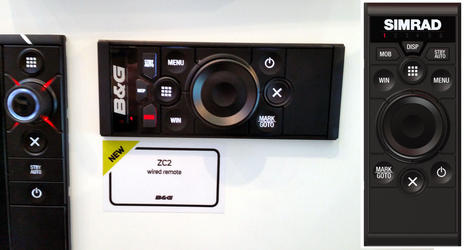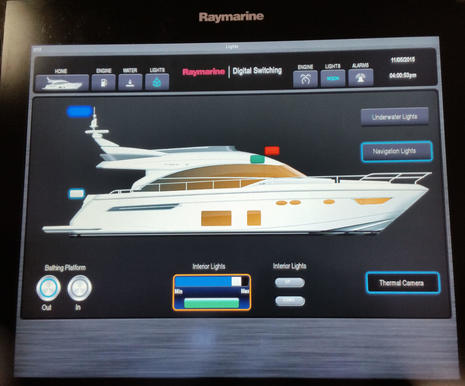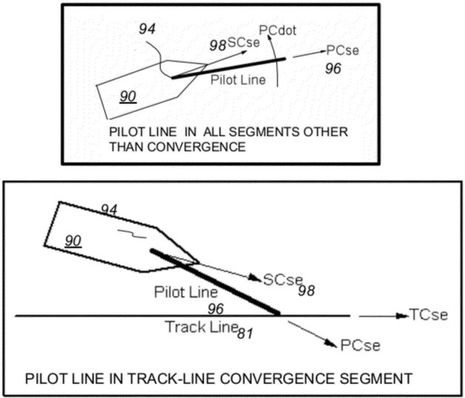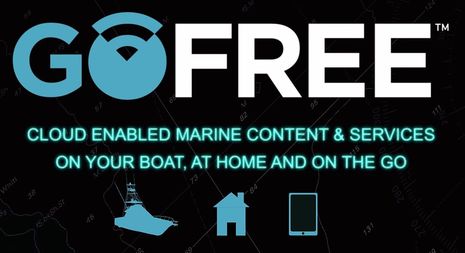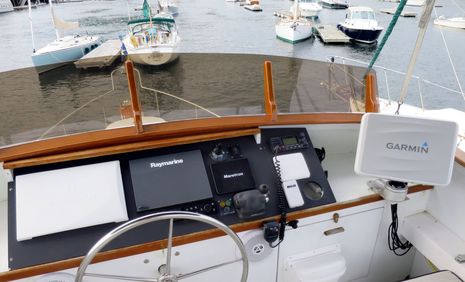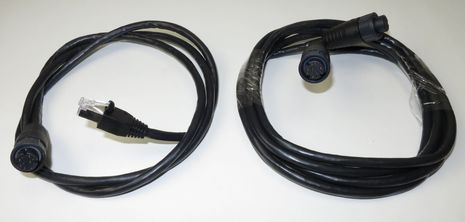Mercury & Navico: new VesselView Link, VesselView 702/502 displays and MFD engine interface
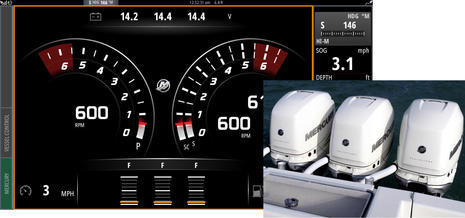 Perhaps the most remarkable aspect of this collage is what you can’t see. There were no Mercury gauges or displays whatsoever on this Navico demo boat thanks to a new Mercury black box called the VesselView Link that offers complete gauge and control integration. Simrad and Lowrance VesselView engine interfaces have also been vastly improved, and Mercury is offering similar full MFD integration on its own new VesselView 702 and 502 displays. So a clean single-brand helm electronics setup is now available under three different brands, and seems reasonably priced even for a relatively small boat. Plus, Mercury offers several other rigging choices including basic NMEA 2000 gauge data output to any brand MFD. Explaining all the possibilities is harder than using them, but let’s give it a try…
Perhaps the most remarkable aspect of this collage is what you can’t see. There were no Mercury gauges or displays whatsoever on this Navico demo boat thanks to a new Mercury black box called the VesselView Link that offers complete gauge and control integration. Simrad and Lowrance VesselView engine interfaces have also been vastly improved, and Mercury is offering similar full MFD integration on its own new VesselView 702 and 502 displays. So a clean single-brand helm electronics setup is now available under three different brands, and seems reasonably priced even for a relatively small boat. Plus, Mercury offers several other rigging choices including basic NMEA 2000 gauge data output to any brand MFD. Explaining all the possibilities is harder than using them, but let’s give it a try…



